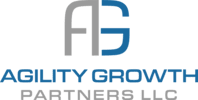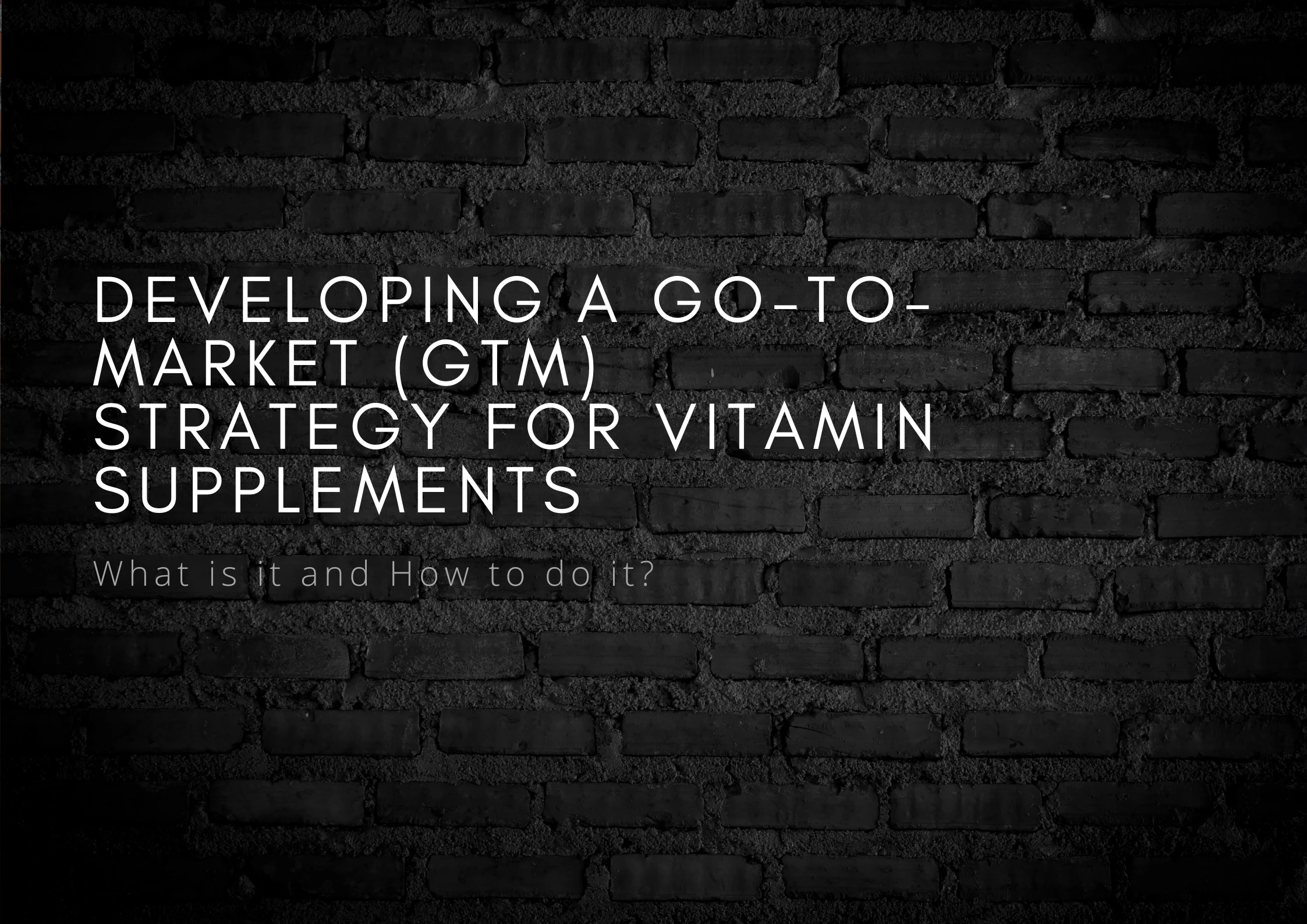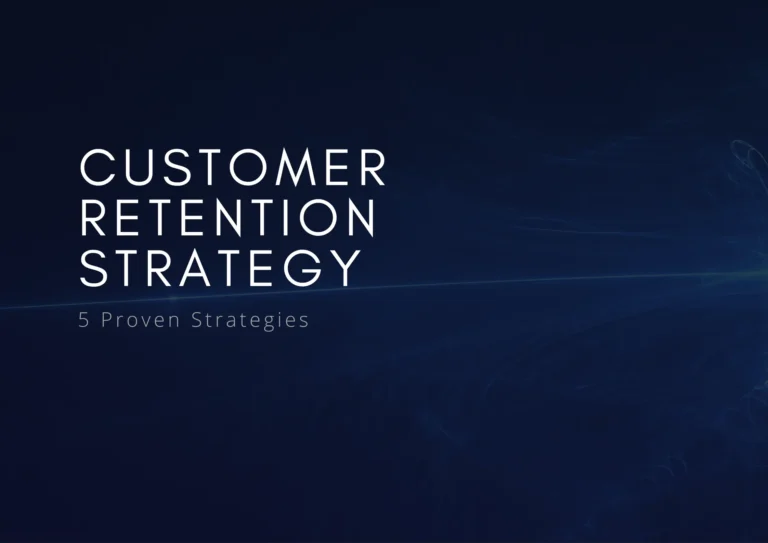In the dynamic world of health and wellness, developing a solid Go-To-Market (GTM) strategy is essential for effectively communicating the benefits of vitamin supplements to your target audience. Whether you’re promoting immune support, energy enhancement, or overall well-being, a well-crafted GTM strategy can amplify your message and drive engagement.
A Complete Go-To-Market (GTM) Strategy For Vitamin Supplements
Understanding Your Audience
Before diving into your GTM strategy, it’s crucial to understand your audience’s needs and preferences regarding vitamin supplements. Conduct market research to identify common health concerns, dietary preferences, and the specific benefits they seek from supplements. Are they interested in boosting immunity, improving energy levels, or supporting specific health conditions?
Conducting Comprehensive Market Research
- Identifying Demographics: Start by defining the demographic profile of your target audience. Consider factors such as age, gender, geographic location, income level, and lifestyle habits. This helps in segmenting your audience and tailoring your messaging accordingly.
- Health Concerns and Goals: Explore the prevalent health concerns within your target demographic. Are they focused on boosting immunity to prevent illnesses, improving energy levels for enhanced daily performance, or managing specific health conditions such as joint pain, cognitive health, or digestive issues?
- Understanding Dietary Preferences: Analyze dietary trends and preferences among your audience. Some consumers may prefer vegan or vegetarian supplements, while others might seek gluten-free or allergen-free options. Understanding these preferences helps in offering products that align with dietary choices and restrictions.
- Benefits Sought from Supplements: Determine the specific benefits your audience seeks from vitamin supplements. Common motivations include filling nutrient gaps in their diet, enhancing overall well-being, supporting fitness goals, improving skin health, or managing chronic conditions.
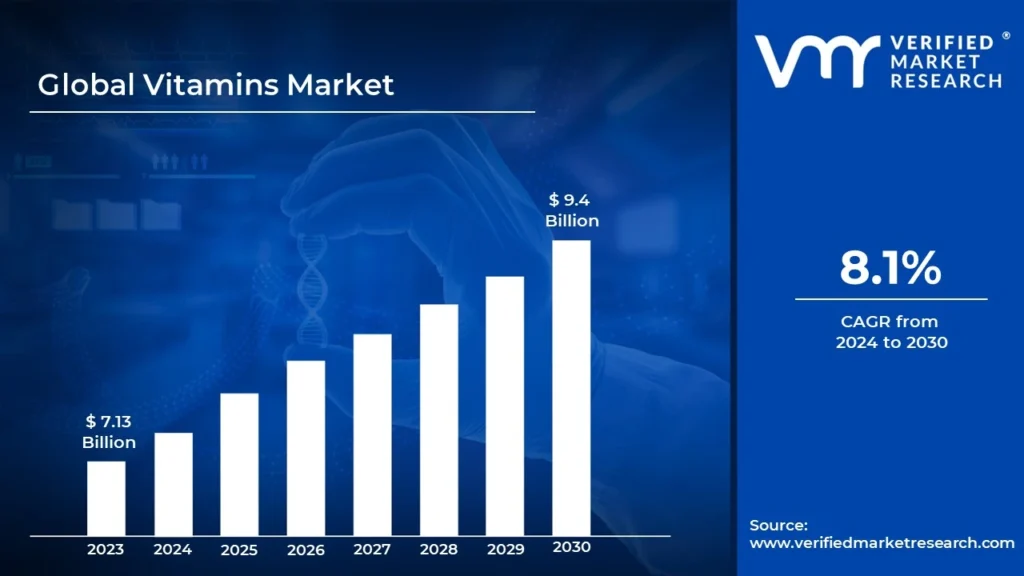
Methods of Gathering Insights
- Surveys and Questionnaires: Design surveys to gather quantitative data about consumer preferences, purchasing behaviors, and perceptions of vitamin supplements. Include questions about health goals, current supplement usage, and factors influencing purchase decisions.
- Focus Groups and Interviews: Conduct qualitative research through focus groups or one-on-one interviews with members of your target audience. Explore their attitudes, beliefs, and experiences related to health supplements to uncover deeper insights.
- Competitor Analysis: Study competitors in the vitamin supplement market to understand their product offerings, pricing strategies, marketing tactics, and customer feedback. Identify gaps or opportunities where your brand can differentiate itself.
- Data Analytics and Trends: Use analytics tools to analyze website traffic, social media engagement, and online search trends related to vitamin supplements. Identify keywords and topics that resonate with your audience and inform content creation strategies.
Creating Buyer Personas
Based on the insights gathered from market research, develop detailed buyer personas that represent your ideal customers. Each persona should include demographic details, health concerns, dietary preferences, goals for supplement use, preferred communication channels, and potential objections or barriers to purchasing.
Defining Your Unique Value Proposition (UVP)
Your UVP defines what sets your vitamin supplements apart from competitors. Highlight the quality, purity, and efficacy of your products. Emphasize any certifications, scientific research, or endorsements that validate your claims. Clearly articulate how your supplements address the identified needs and deliver tangible health benefits.
Emphasizing Quality, Purity, and Efficacy
- Quality Assurance: Highlight the rigorous standards and processes your supplements undergo to ensure high quality. This may include sourcing premium ingredients, adhering to Good Manufacturing Practices (GMP), and conducting third-party testing for purity and potency.
- Purity and Safety: Assure customers of the purity and safety of your supplements by emphasizing practices such as non-GMO sourcing, absence of fillers or artificial additives, and compliance with regulatory standards (e.g., FDA regulations in the US).
- Scientific Formulation: Discuss the scientific basis behind your supplement formulations. Highlight research-backed ingredients, synergistic blends, or proprietary technologies that enhance bioavailability and efficacy.
Certifications and Endorsements
- Certifications: Showcase any certifications or seals of approval that validate your product’s quality and safety. Examples include USDA Organic, NSF International, or certifications for specific health claims like gluten-free or vegan.
- Scientific Research: Summarize relevant scientific studies or clinical trials supporting the effectiveness of your supplements. Reference peer-reviewed publications, independent research, or collaborations with reputable institutions to build credibility.
- Endorsements and Testimonials: Share endorsements from healthcare professionals, nutritionists, or influencers who endorse your products based on their expertise and positive experiences. Customer testimonials can also reinforce trust and demonstrate real-world benefits.
Addressing Consumer Needs and Benefits
- Tailored Solutions: Clearly articulate how your supplements address specific consumer needs identified through market research. Whether it’s boosting immunity, enhancing energy levels, supporting joint health, or promoting skin radiance, link your product benefits directly to these desired outcomes.
- Tangible Health Benefits: Provide concrete examples of the health benefits customers can expect from using your supplements. This could include improved immune function, increased energy and vitality, faster recovery after exercise, clearer skin, or better cognitive performance.
- Educational Content: Educate consumers about the role of key nutrients in maintaining overall health and wellness. Offer informative content such as articles, guides, or videos that explain how your supplements contribute to a balanced diet and lifestyle.

Crafting Compelling Messaging
Develop clear and concise messaging that resonates with your target audience. Focus on the key benefits of your vitamin supplements, using language that is both informative and persuasive. Highlight any unique ingredients, formulations, or delivery methods that enhance effectiveness and appeal to health-conscious consumers.
Understanding Your Audience
- Segmentation: Tailor your messaging to different segments of your audience based on their demographics, health concerns, and lifestyle preferences. Understand what motivates them to choose supplements and align your messaging accordingly.
- Emotional Appeal: Appeal to emotions by addressing common pain points or desires related to health and wellness. Use language that evokes feelings of empowerment, vitality, and well-being.
Highlighting Key Benefits
- Health Benefits: Clearly outline the primary health benefits of your supplements. Focus on specific outcomes such as boosting immunity, enhancing energy levels, supporting cognitive function, improving skin health, or promoting joint flexibility.
- Unique Selling Points (USPs): Highlight any unique ingredients, formulations, or delivery methods that set your supplements apart from competitors. Whether it’s a patented blend, bioavailable nutrients, or sustainable sourcing, emphasize what makes your product special.
Using Persuasive Language
- Benefits-Oriented Language: Frame your messaging around the benefits rather than just features. For example, instead of stating “Contains Vitamin C,” say “Boosts immunity with powerful antioxidant Vitamin C.”
- Clear and Concise: Keep your messaging straightforward and easy to understand. Avoid jargon or overly technical language that may confuse or alienate your audience.
Building Trust and Credibility
- Scientific Validation: Reference scientific research, clinical studies, or certifications that validate the effectiveness and safety of your supplements. Use data and statistics to support your claims.
- Customer Testimonials: Incorporate testimonials or case studies from satisfied customers who have experienced positive results with your supplements. Authentic feedback can reinforce credibility and build trust.
Call to Action (CTA)
- Encourage Action: Include a clear call to action that prompts your audience to take the next step, whether it’s making a purchase, signing up for a newsletter, or requesting more information.
- Sense of Urgency: Create urgency by highlighting limited-time offers, exclusive promotions, or seasonal benefits to encourage immediate action.
Consistency Across Channels
- Omni-channel Approach: Ensure consistency in your messaging across all communication channels, including your website, social media, email campaigns, and offline marketing materials. This reinforces your brand identity and strengthens recall.
- Iterative Refinement: Continuously monitor the performance of your messaging and refine it based on customer feedback, market trends, and analytics insights. Adapt your approach to resonate with evolving consumer preferences and needs.
Choosing Distribution Channels
- Online Platforms: Establishing a strong presence on e-commerce platforms like Amazon, Shopify, or your own website allows you to reach a broad audience of online shoppers. Optimize product listings with detailed descriptions, high-quality images, and customer reviews to enhance visibility and credibility.
- Retail Stores: Partner with health food stores, pharmacies, or specialty retailers that align with your target audience’s preferences. Develop relationships with retail buyers and provide point-of-sale materials to educate consumers about your products.
- Health Clinics: Collaborate with healthcare professionals such as doctors, nutritionists, or naturopaths who recommend supplements to their patients. Offer educational materials and samples for distribution in clinics to leverage professional endorsements.
- Direct-to-Consumer (DTC) Models: Sell supplements directly to consumers through your website or subscription services. DTC models provide control over customer experience, pricing strategies, and data insights while fostering direct relationships with buyers.
Implementing Promotional Tactics
- Content Marketing: Develop a robust content strategy focused on educating consumers about the benefits of specific vitamins, health trends, and wellness tips. Create blog posts, articles, and videos that address common health concerns and position your supplements as solutions.
- Social Media Engagement: Engage with your audience on platforms such as Instagram, Facebook, and LinkedIn by sharing informative posts, customer testimonials, and user-generated content. Use interactive features like polls, Q&A sessions, and live streams to foster community engagement.
- Influencer Partnerships: Collaborate with influencers who have credibility in the health and wellness space. Seek out nutritionists, fitness experts, and lifestyle bloggers who can authentically endorse your products to their followers. Encourage influencers to create content that highlights the benefits of your supplements and includes calls to action.
Measurement and Optimization
- Key Performance Indicators (KPIs): Monitor metrics such as website traffic, conversion rates, social media engagement, and sales attribution to assess the effectiveness of your distribution channels and promotional tactics. Use analytics tools to gain insights into consumer behavior and preferences.
- Iterative Refinement: Continuously optimize your distribution and promotional strategies based on data-driven insights and customer feedback. Experiment with different channels, content formats, and messaging to identify what resonates best with your target audience.
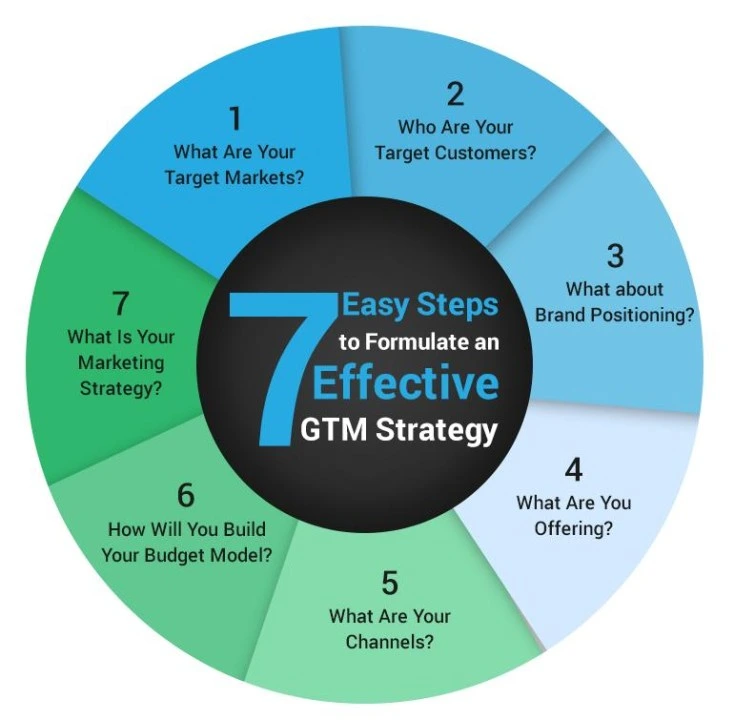
Monitoring and Optimizing Performance
Track key performance indicators (KPIs) such as website traffic, conversion rates, customer feedback, and sales data. Use analytics tools to gain insights into consumer behavior and refine your GTM strategy accordingly. Continuously optimize your messaging, promotional efforts, and distribution channels to maximize effectiveness and ROI.
Here’s a detailed exploration of how to effectively track performance, gather insights, and refine your approach:
Tracking Key Performance Indicators (KPIs)
- Website Traffic: Monitor the volume and sources of traffic to your website. Analyze metrics such as unique visitors, page views, and bounce rates to understand how visitors interact with your content and products.
- Conversion Rates: Track conversion rates at various stages of the customer journey, from website visitors to leads and ultimately, customers. Identify high-converting pages, campaigns, and traffic sources to optimize for better conversion outcomes.
- Customer Feedback: Gather qualitative feedback through surveys, reviews, and customer support interactions. Pay attention to recurring themes, pain points, and suggestions for improvement to enhance product offerings and customer experience.
- Sales Data: Analyze sales performance metrics such as revenue, average order value (AOV), and customer lifetime value (CLV). Segment sales data by product, channel, and customer demographics to identify top-performing segments and opportunities for growth.
Using Analytics Tools for Insights
- Google Analytics: Utilize Google Analytics or similar tools to gain comprehensive insights into user behavior, traffic sources, and audience demographics. Set up custom dashboards and reports to track KPIs relevant to your GTM strategy.
- Social Media Analytics: Leverage insights provided by social media platforms (e.g., Facebook Insights, LinkedIn Analytics) to understand engagement metrics, audience demographics, and content performance. Adjust your social media strategy based on these insights.
- E-commerce Platforms: If selling directly online, use e-commerce platform analytics (e.g., Shopify Analytics, WooCommerce reports) to monitor product performance, sales trends, and shopping cart abandonment rates. Optimize product listings and checkout processes to improve conversion rates.
- Customer Relationship Management (CRM) Tools: Implement CRM systems to manage customer interactions and track leads through the sales funnel. Use data from CRM tools to personalize marketing efforts and nurture relationships with leads and existing customers.
Continuous Optimization Strategies
- Messaging and Content: Regularly review and optimize messaging across all channels based on performance data and customer feedback. A/B test headlines, calls to action (CTAs), and content formats to identify what resonates best with your audience.
- Promotional Efforts: Adjust promotional tactics based on performance insights. Allocate budget and resources to channels and campaigns that drive the highest ROI. Experiment with new channels or partnerships while scaling back on less effective initiatives.
- Distribution Channels: Evaluate the performance of each distribution channel (online platforms, retail stores, DTC models) in terms of reach, sales contribution, and brand visibility. Optimize channel mix based on consumer behavior trends and market dynamics.
- Customer Experience: Continuously improve the online and offline customer experience based on feedback and data analysis. Streamline the purchasing process, enhance product information, and provide excellent customer support to boost satisfaction and retention.
Conclusion
Developing a robust GTM strategy for promoting vitamin supplements involves a cycle of strategic planning, execution, monitoring, and optimization. By tracking KPIs such as website traffic, conversion rates, customer feedback, and sales data using advanced analytics tools, you can gain valuable insights into consumer behavior and market trends.
Continuously refine your messaging, promotional efforts, and distribution channels to maximize effectiveness, ROI, and ultimately, achieve sustainable growth and customer loyalty in the competitive health and wellness market. Regularly revisit your GTM strategy to adapt to evolving consumer needs and market dynamics for long-term success.
